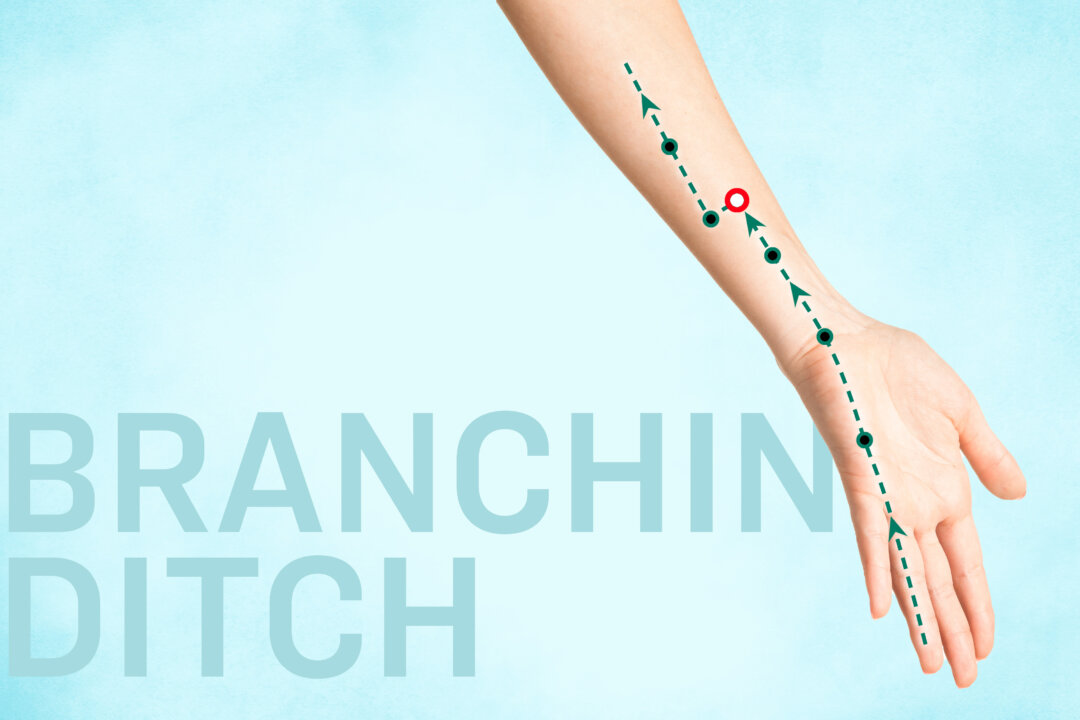Across the globe, there are five beautiful regions where residents not only live longer but enjoy a better quality of life in their old age. These areas were discovered almost 20 years ago when Dan Buettner, an explorer and journalist, travelled around the world with a team of researchers to find the communities where the most people live to the age of 100. The five regions which stood out for their “extraordinary longevity and vitality” were dubbed ‘Blue Zones’.
Located in different continents, they are known for their natural beauty and stunning scenery - as well as having the healthiest and longest living populations. According to Buettner, Ikarians are “almost entirely free of dementia” and one in three make it to their nineties. Ikarians eat a variation of the Mediterranean diet with lots of fruits and vegetables, whole grains, potatoes, and olive oil, enjoy herbal teas and grass-fed goat’s milk, and take a daily mid-afternoon nap.

These are all lessons we can learn from them to live a longer life, the Blue Zones team explains. Ikaria is known for its traditional feasts, authentic taverns, stunning natural landscapes, and beautiful beaches with seaside hotels. In Loma Linda, a community of about 9,000 Adventists makes up the core of America’s Blue Zones region.
According to Buettner’s book , Blue Zones: Lessons For Living Longer From The People Who’ve Lived The Longest, the residents live as much as a decade longer than the rest of the US. Adventists keep a mostly vegetarian diet, undertake regular exercise, and don’t smoke or drink alcohol. Their longevity can also be attributed to the 24-hour Sabbath, which they claim relieves stress and strengthens social networks.
The book claims: “Adventists with healthy BMIs (meaning they have an appropriate weight for their heights) who keep active and eat meat sparingly, if at all, have lower blood pressure, lower blood cholesterol, and less cardiovascular disease than heavier Americans with higher BMIs.” A cluster of villages in Sardinia make up the first Blue Zones region ever identified by Buettner and it has nearly 10 times more centenarians per capita than the US. Sardinians tend to eat a diet of whole-grain bread, beans, vegetables, fruits, and goat-milk, and drink wine moderately, which Buettner says may help explain the lower levels of stress among men.
The strong family values also play a role in the people’s longevity as those “who live in strong, healthy families suffer lower rates of depression, suicide, and stress”, the book explains. It adds: “Walking five miles a day or more as Sardinian shepherds do provides all the cardiovascular benefits you might expect, and also has a positive effect on muscle and bone metabolism without the joint-pounding of running marathons or triathlons.” Residents of Okinawa, a subtropical island chain, have been known for their long lives and have less cancer, heart disease, and dementia than Americans.
According to Buettner, women there live longer than any women on the planet. Older Okinawans have eaten a plant-based diet for most of their lives and their diet tends to consist of sweet potatoes, stir-fried vegetables and tofu - which are high in nutrients and low in calories. Most of the centenarians there grow, or once grew, a garden, Blue Zones: Lessons For Living Longer From The People Who’ve Lived The Longest explains, and this source of physical activity also provides a source of fresh vegetables.
Spending time outside every day also allows Okinawans to have “optimal vitamin D levels year-round”. Nicoya, an 80-mile peninsula south of the Nicaraguan border, is known for its glorious sunshine, mountainous landscape, and stunning beaches. Its water has the country’s highest calcium content, which may explain the lower heart disease rates and stronger bones.
Nicoyan centenarians largely ate a traditional Mesoamerican diet with squash, corn, and beans, and enjoyed a light dinner early in the evening. They also enjoy the sunshine which helps with vitamin D production, and centenarians there seem to have enjoyed physical work for most of their lives, finding “joy in everyday physical chores”, Buettner explains..
Health

Five stunning places people live longer than anywhere else in the world

From Japan to California, these are the five areas where locals live the longest in the world - but what is it about their lifestyles that leads to such longevity?















